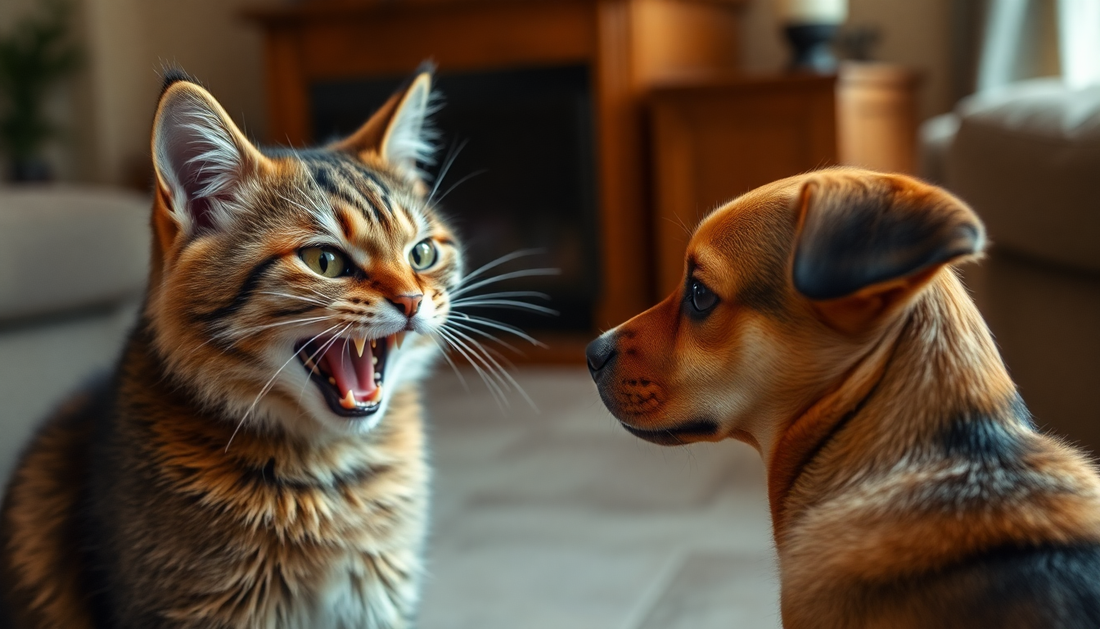
Understanding Your Cat's Body Language
Share
As pet owners, we often find ourselves wondering what our feline friends are trying to tell us. While cats may seem aloof at times, their body language is a rich tapestry of communication waiting to be unraveled. By learning to decipher the subtle nuances of your cat's movements and expressions, you can gain a deeper understanding of their needs, emotions, and overall well-being.
At Spot Pet Supply, we believe that empowering pet owners with knowledge is the key to fostering stronger, more harmonious relationships with our furry companions. That's why we've compiled this comprehensive guide to understanding your cat's body language. Whether you're a seasoned cat parent or a new pet owner, these insights will help you navigate the complex world of feline communication.
Tail Positions: The Barometer of Mood
The position of your cat's tail can be a reliable indicator of their current state of mind. An upright, quivering tail often signals confidence and curiosity, while a puffed-up, bushy tail may indicate fear or aggression. On the other hand, a low or tucked-under tail can suggest submission, anxiety, or even illness.
Ear Movements: Tuning in to Their Emotions
Cats use their ears to convey a wide range of emotions. Forward-facing ears indicate engagement and interest, while flattened ears can signal discomfort or a defensive posture. Sideways or "airplane" ears may suggest a more relaxed, curious state.
Eye Expressions: Windows to the Soul
The eyes are often referred to as the windows to a cat's soul, and for good reason. Wide, unblinking eyes can signal alarm or excitement, while slow blinks convey a sense of trust and contentment. Dilated pupils, on the other hand, may indicate fear, aggression, or even playfulness.
Body Postures: Revealing Their Intentions
Cats use their entire body to communicate their intentions and feelings. An arched back, for example, can signal a defensive or aggressive stance, while exposing their belly may indicate trust and a desire for affection. A crouched position, on the other hand, can suggest a cautious or stalking behavior.
Vocalizations: The Audible Cues
While body language is a crucial aspect of feline communication, cats also use a variety of vocalizations to express themselves. Purring, for instance, is often associated with contentment and pleasure, while meowing can convey a range of needs, from hunger to attention-seeking. Hissing or growling, on the other hand, are clear signs of discomfort or aggression.
By understanding these key body language cues, you'll be better equipped to anticipate your cat's needs, respond appropriately to their signals, and foster a deeper, more rewarding relationship with your furry companion. Remember, every cat is unique, so it's important to observe your individual pet's behaviors and learn their unique patterns of communication.
